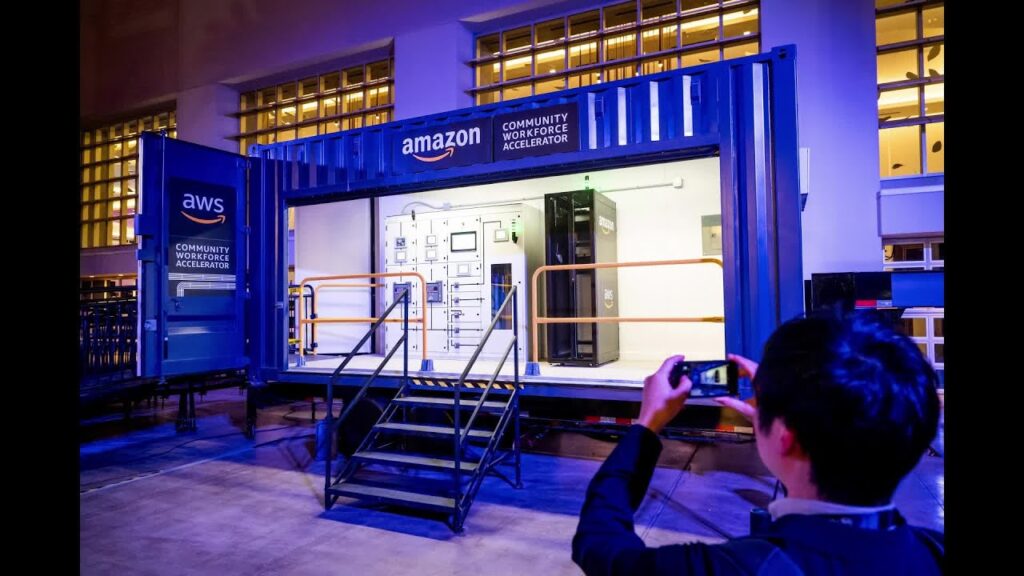Now Reading: Amazon CEO Andy Jassy Signals Corporate Job Reductions as AI Integration Accelerates
-
01
Amazon CEO Andy Jassy Signals Corporate Job Reductions as AI Integration Accelerates
Amazon CEO Andy Jassy Signals Corporate Job Reductions as AI Integration Accelerates

Amazon CEO Andy Jassy has delivered a significant message to employees, indicating that the company anticipates a reduction in its corporate workforce over the coming years as artificial intelligence, particularly generative AI, becomes more deeply integrated into its operations. In a company-wide memo, Jassy underscored AI’s transformative potential, acknowledging that while it will create new opportunities, it will also necessitate fewer personnel in certain existing roles due to efficiency gains.
This announcement comes as Amazon, like many other tech giants, is heavily investing in AI development and deployment. Jassy highlighted that Amazon already has over 1,000 generative AI services and applications in various stages of development or active use, but stressed that this is merely “a small fraction of what we will ultimately build.” The e-commerce and cloud computing behemoth is leaning in further, aiming to make it easier to build and deploy AI agents across all its business units.
“As we roll out more Generative AI and agents, it should change the way our work is done,” Jassy wrote in his memo. “We will need fewer people doing some of the jobs that are being done today, and more people doing other types of jobs. It’s hard to know exactly where this nets out over time, but in the next few years, we expect that this will reduce our total corporate workforce as we get efficiency gains from using AI extensively across the company.”
The impact of AI is already being felt across Amazon’s vast operations, from improving customer service chatbots and advertising solutions to optimizing inventory placement, demand forecasting, and the efficiency of robots in fulfillment centers. Jassy characterized generative AI as a “once-in-a-lifetime technology” that is reshaping virtually every corner of the company, offering unprecedented possibilities for both customers and internal processes.
While the memo does not signal immediate, widespread layoffs, it clearly indicates a strategic, long-term shift towards a leaner corporate structure. This move aligns with a broader trend observed across the tech industry, where companies like Microsoft, Google, Shopify, and Duolingo have also begun to restructure their workforces in response to AI’s growing capabilities. Analysts suggest that roles involving repetitive intellectual tasks, particularly in areas like software development and operations, are among the first to be impacted.
In light of this evolving landscape, Jassy urged Amazon employees to embrace the change and actively engage with AI technology. He encouraged them to “be curious about AI, educate yourself, attend workshops and take trainings, use and experiment with AI whenever you can.” The underlying message is clear: adaptability and a proactive approach to learning AI skills will be crucial for employees to remain impactful and contribute to Amazon’s reinvention. Those who become conversant in AI and help build and improve the company’s AI capabilities are positioned for future success.
This strategic pivot underscores the profound implications of AI on the future of work. While it raises concerns about job displacement, particularly for entry-level roles, it also signals the emergence of new, often more complex and strategic, job functions. As AI continues to mature, companies like Amazon are charting a path where human creativity and problem-solving are augmented by intelligent systems, aiming for increased efficiency and innovation. The coming years will reveal the full extent of this transformation on Amazon’s corporate landscape and the wider employment market.










